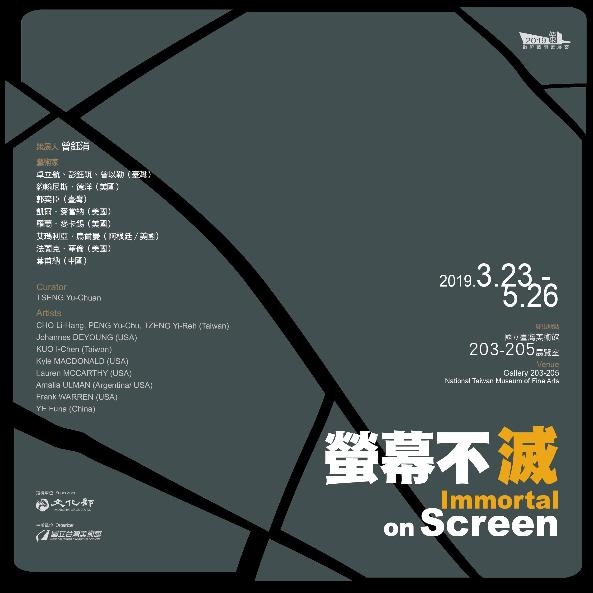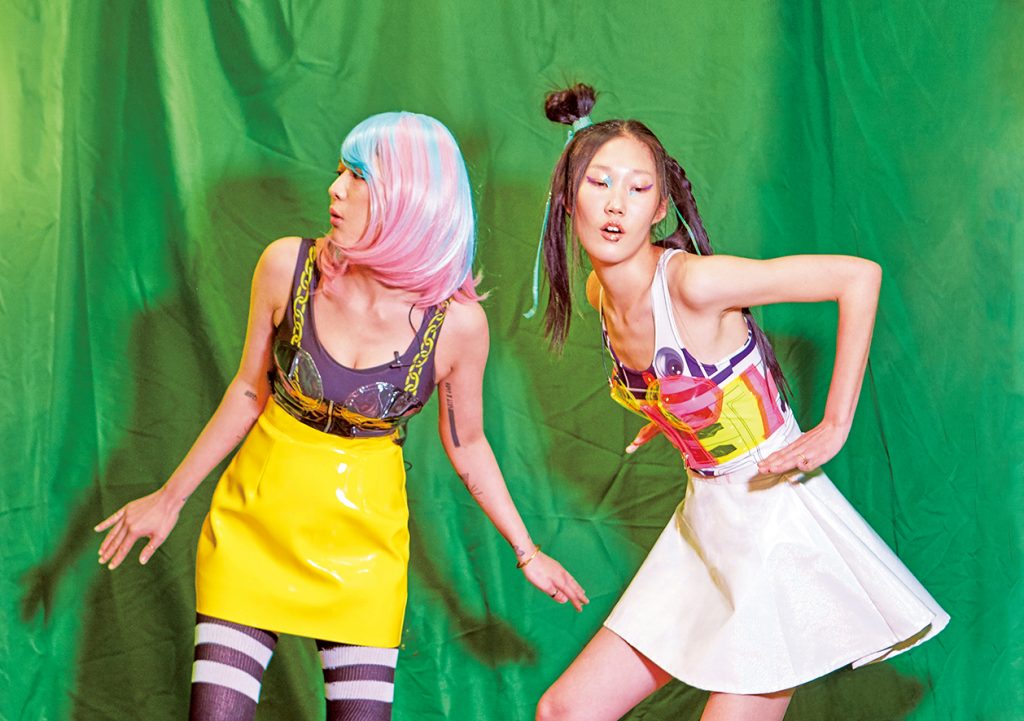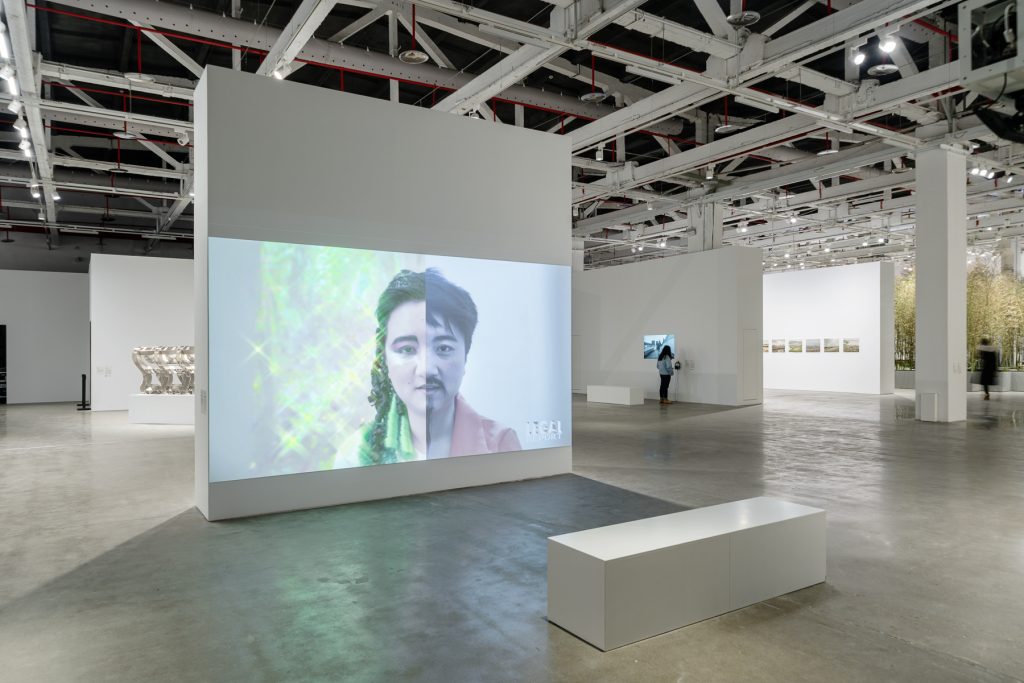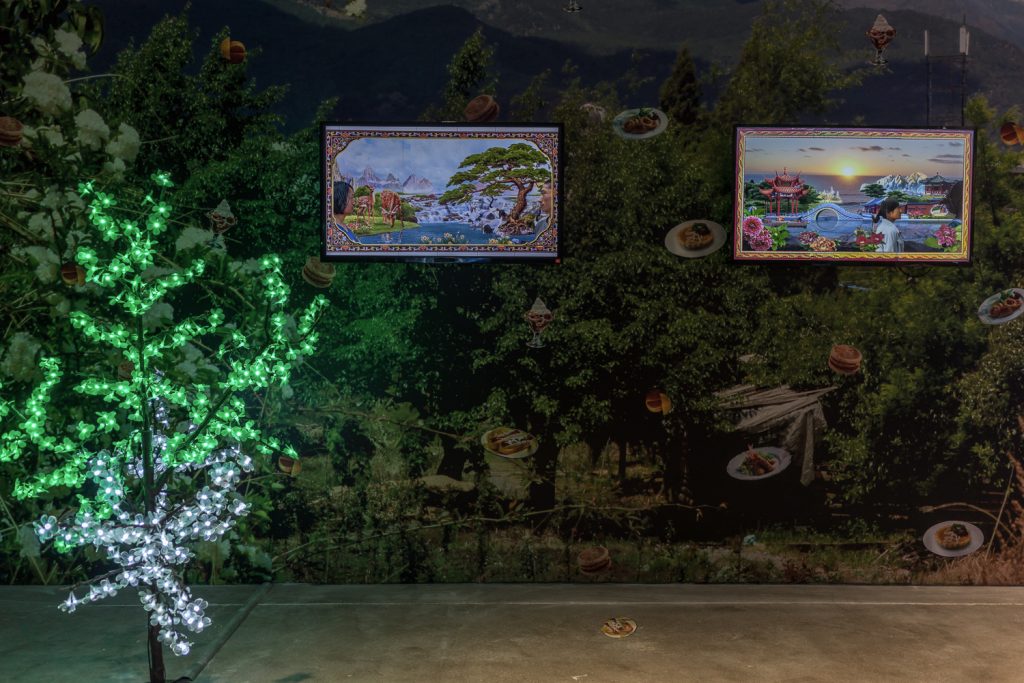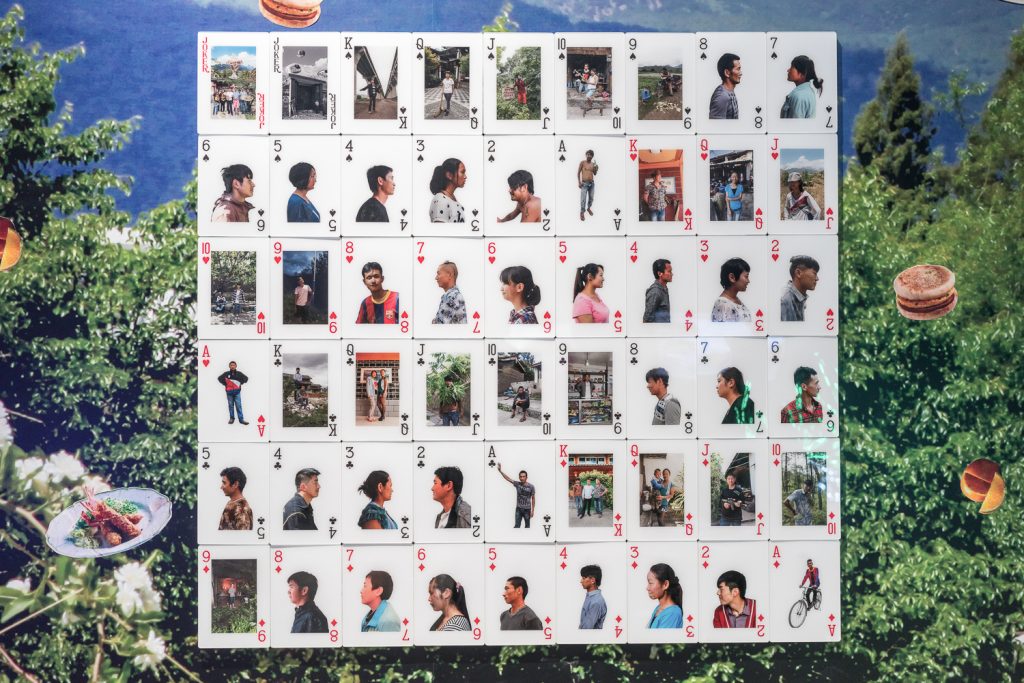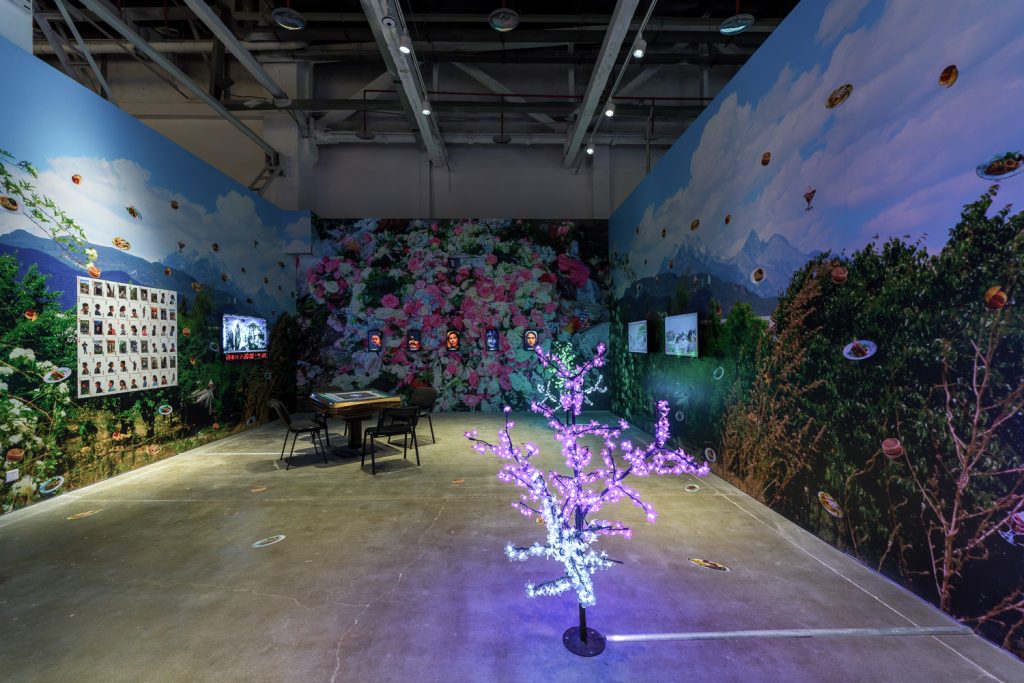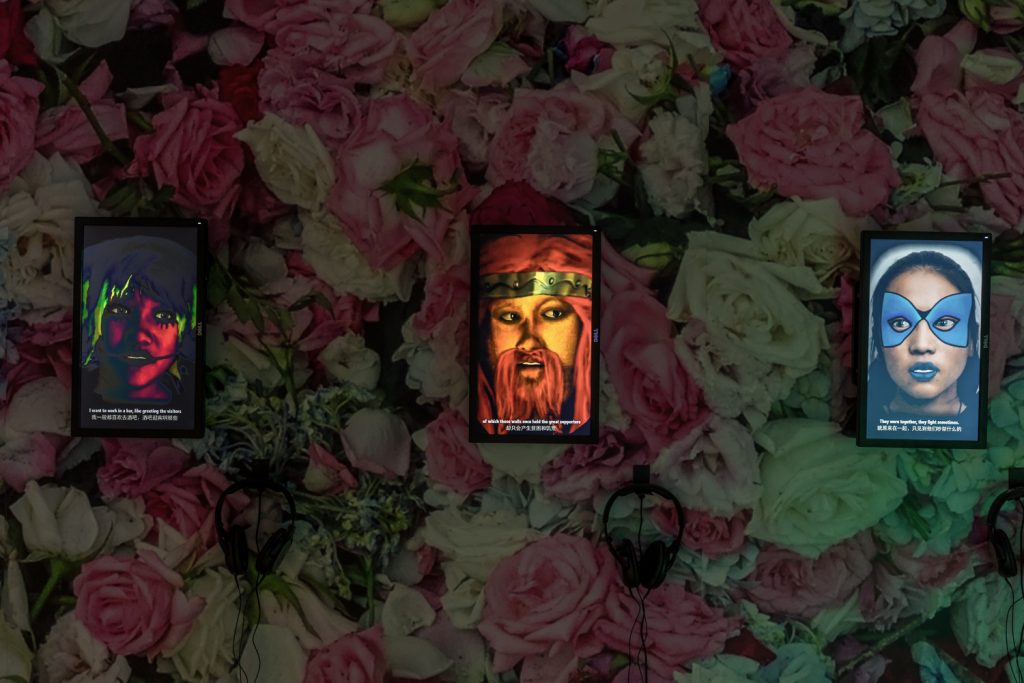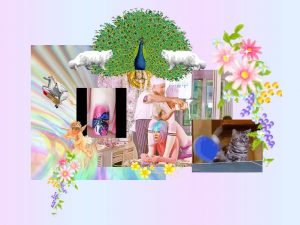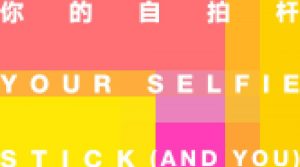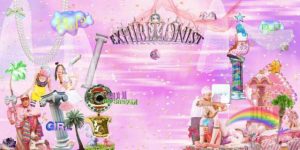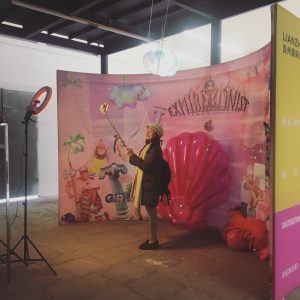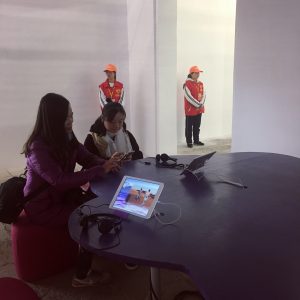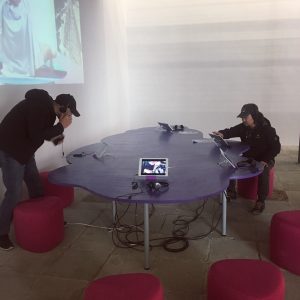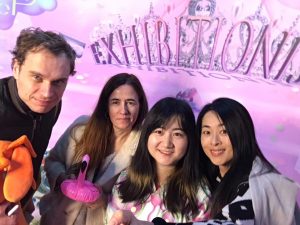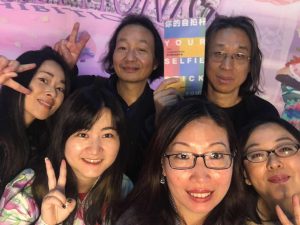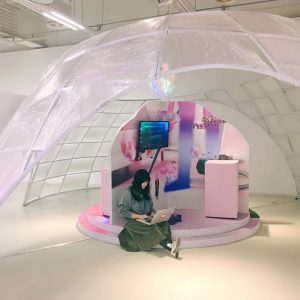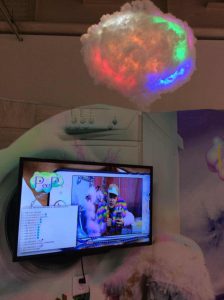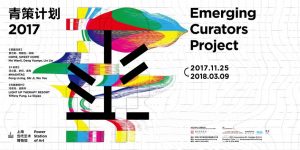–> https://www.isthisitisthisit.com/flow-out-1 <–
Artists: Funa Ye, Istanbul Queer Art Collective
Curators: Collective Çukurcuma (Naz Cuguoğlu, Mine Kaplangı)
Venue: Bilsart, Evliya Çelebi Mah. Kıblelizade Sk. No:5/A Beyoğlu / İstanbul
Opening Date: May 29, Thursday
Exhibition Dates: 30 May – 30 June 2019
Collective Çukurcuma (Naz Cuguoğlu & Mine Kaplangı) included video works of Funa Ye and Istanbul Queer Art Collective (Tuna Erdem & Seda Ergul) as part of FLOW OUT exhibition hosted by Bilsart (Istanbul) between May 29 – June 30, 2019. The program is based on the common practice of thinking, expressing and writing collectively about the present. As co-authors, they continued to write the collective essay through email exchanges—no one is the owner of the piece whereas each of them is a participant. FLOW does not belong to a place—taking place across Beijing, London, Istanbul, Berlin, Amsterdam, San Francisco. It refers to contemporaneity, questioning the problem of authorship in collaboration, and experimenting with the idea of thinking and producing together.
The video work of Beijing-based artist Funa Ye, titled “Flying Dance” is a 30-minute fiction video collage. The first production of the series “self-fiction”, which the artist completed as part of an artist residency program in Berlin in 2017. These stories give reference to the identities created over the Internet and to the early periods of online dating. The viewer follows the female characters through time, inspired by the television programs in China. This work focuses on the effects of gender and identity issues, the emergence of the Internet and especially online dating, while resurrecting a scene from the “Sims” game.
In the second week of the program, Istanbul Queer Art Collective, based in London, will meet the audience with the video documentation of their performance titled “Psychic Bibliophiles”—creating an oral archive of excess, fetishism, and desire. This performance was realized in the opening day of the traveling-exhibition “House of Wisdom”, curated by Collective Çukurcuma at Framer Framed (Amsterdam, 2017). As part of the “FLOW OUT” exhibition, the artists will perform a repetition of this performance in the exhibition space, and will also give a talk on their previous work titled “Just in Bookcase”— a wooden suitcase filled with artists’ personalized library cards, memorabilia and photos—which inspired the making of the performance.
Through performances, screenings and readings, Collective Çukurcuma invites the audience to enagage in a collective thinking process to reflect on these works, texts and performances.
Borrowed from FLOW text;
We have been thinking about cooperation, and it’s function in the Earth ecosystem. The ways that we work and think together. Cause the roots are poisonous, she says. What about errantry and mistakes, a glitch? The Poetics of Relation. A fragmented reality. A collective garden, a tulip. But we are not interested in that, our attention shifts to the cellar door in the garden. Where does it lead her? A feeling of touch, the army of love. You can feel the dazzling existences of other universes and their otherworldly beings. A charm. A universe in which a cooperator might equal a traitor. The violence inherent in growing things and looking after the communal garden. Is collaboration the fellowship of those who do not loose the joy because of this, those who are not squeamish? A horticulturist mother who believes that she can grow and shape children as she grows plants yet fails miserably. A poison in the shape of love, or is it the other way around? Possibility of kindness and care. And we’ll die when we are eating together around a long table. How does the rose taste? Personalizing the public through feeling your labial lips. Vulnerabilities. At the verge of the Intimacy.
NOTE: To read the whole text, please visit Droste Effect Magazine’s Bulletin No. 19
May 29, Wednesday
Opening – FUNA YE “FLYING DANCE”
18.30 – 18.50 FLOW reading – Collective Çukurcuma (Naz Cuguoğlu & Mine Kaplangı) & Funa Ye (will participate via Skype) & Istanbul Queer Art Collective (Tuna Erdem & Seda Ergul) (will participate via Skype)
18.50 – 19.30 – Talk & QA – Collective Çukurcuma (Naz Cuguoğlu & Mine Kaplangı)
During the first opening event on May 29, artists—connecting via Skype—and curators will read the collectively-written text titled “FLOW.” This text was written by Istanbul Queer Art Collective and Collective Çukurcuma throughout the exhibition development process. The reading will be accompanied with a presentation of various visuals. A short conversation and Q&A will follow the reading. The text will be read in English, the talk will be in Turkish.
June 19, Wednesday
Opening – ISTANBUL QUEER ART COLLECTIVE “PSYCHIC BIBLIOPHILES”
19.00 Talk – Collective Çukurcuma & Istanbul Queer Art Collective
19.30 Performance (Live from London) – Psychic Bibliophiles – Istanbul Queer Art Collective
Istanbul Queer Art Collective will give a talk on their works titled “Psychic Bibliophiles” (2017) and “Just in Bookcase” (2017). After the talk, artists will repeat the performance “Psychic Bibliophiles” with a live stream from London at the exhibition space. The live performance, which can be followed on the social media accounts of Bilsart and Collective Çukurcuma, will start at 7:30 PM.
Ye Funa was born in Kunming, China in 1986. She graduated with a BFA in Experimental Art from the Central Academy of Fine Arts, Beijing, China and an MFA from the Central Saint Martins College of Art, London, UK. Ye’s practice is concerned with the relationship between the realities of everyday life. She is interested in the perceived connection between authority and many areas of social life such as different power structures, ethnic groups, and the fictional space of propaganda for the concept of ‘perfection’ in an ideological system, and utopian landscape. Her work is politically charged, subtly engaged in pastiche as a satirizing style of propaganda. Ye Funa’s work has been the subject of solo exhibitions including, Curated Nail Residency, MoCA Pavilion, Museum of Contemporary Art, Shanghai, China (2015); People’s Congress via their Nails-Exhibitionist’s Curated Nails, Art Museum of Nanjing University of the Arts, Nanjing, China; Zha Golden Flowers–News from Nowhere, V Art Center, Shanghai, China (2014); and Ye Funa, Galerie Pièce Unique, Paris, France (2014). Ye Funa’s recent solo exhibitions took place in Longmont Art Projects in Hong Kong (2018) titled “Selfiction” and Nottingham Contemporary in Nottingham (2018) titled “From Hand to Hand”.
She has also exhibited in group shows worldwide including ”Chinternet Ugly”, Centre for Chinese Contemporary, Manchester (2019), “Real Fantasy”, Sanshang Art, Hangzhou (2018), ” It was a Dream of a Trip” Shanghai University, Shanghai (2018), “Yes or No”,Guardian Center, Beijing (2018), Virtual/Visual Contemporary Art Exhibition, Noyes Museum of Art, Atlantic City, NJ (2017); Intermediary, Video Art From China, Edna Carlsten Art Gallery at UWSP, Stevens Point, Wisconsin (2017); Exhibionist: Peep Stream, OCT Contemporary Art Terminal, Shanghai, China (2017); Digital Samplers, or A New Generation Deep Dive into Internet Superposition, The Galaxy Museum of Contemporary Art, Chongqing, China (2017); Folklore of the Cyber World-CAC @ the Chinese Pavilion, Periphery Event of la Biennale di Venezia, Venice, Italy (2015); The Civil Power, Beijing Minsheng Art Museum, Beijing, China (2015); Base, Ullens Center for Contemporary Art, Beijing, China (2015); Tomorrow’s Party, Ullens Center for Contemporary Art, Beijing, China (2014); Contemporary Photography in China 2009 – 2014, Minsheng Art Museum, Shanghai, China (2015); Busan Biennale 2014 Special Exhibition: Asian Curatorial, Going, Going, Until I Meet the Tide, Kiswire Sooyoung Factory, Busan, South Korea (2014); Ten Year in One Inspection, CAFA Art Museum, Beijing, China (2014); Poker Face: Wu Junyong / Ye Funa, Ray Art Center, Shanghai, China (2014); Contact: Through the Body, University of Toronto Art Centre, Toronto, Canada (2014); Art That Heels, V Art Center, Shanghai, China (2013); Get it Louder – Future, Liang Dian Design Center, Beijing, China (2012); The First ‘CAFAM – Future’ Exhibition, CAFA Art Museum, Beijing, China (2012); PERIPHERIES–2nd Asian Art Triennial Manchester, Piccadilly Place, Manchester, U.K. (2011); Future Pass–Collateral Event of the 54th Venice Biennale, Fondazione Claudio Buziol, Venice, Italy (2011). Ye Funa currently lives and teaches at the department of experimental art, in the Central Academy of Fine Arts, in Beijing, China.
Istanbul Queer Art Collective (IQAC) was founded in 2012 with the aim of focusing on queer performance art and a flexible structure open to collaboration. The collective has since been engaged in the ongoing project of remaking Fluxus performances by “queerifying” them. IQAC firmly believes in what Jack Halberstam calls the “queer art of failure” and embraces what Renate Lorenz calls “radical drag”. The collective is currently comprised of the two founding artists Tuna Erdem and Seda Ergul, and is based in London. IQAC has performed and exhibited at various art events around the world among which are House of Wisdom Exhibition in Berlin, Amsterdam, Istanbul and Nottingham, Queer Future Exhibition, If Independent Film Festival and Mamut Art Fair in Istanbul, Athens Sound Acts Festival in Greece, Zürcher Theatre Spektakel and Les Belles de Nuit Festival in Switzerland and Deep Trash, Queer Migrant Takeover and NSA: Queer Salon in London.

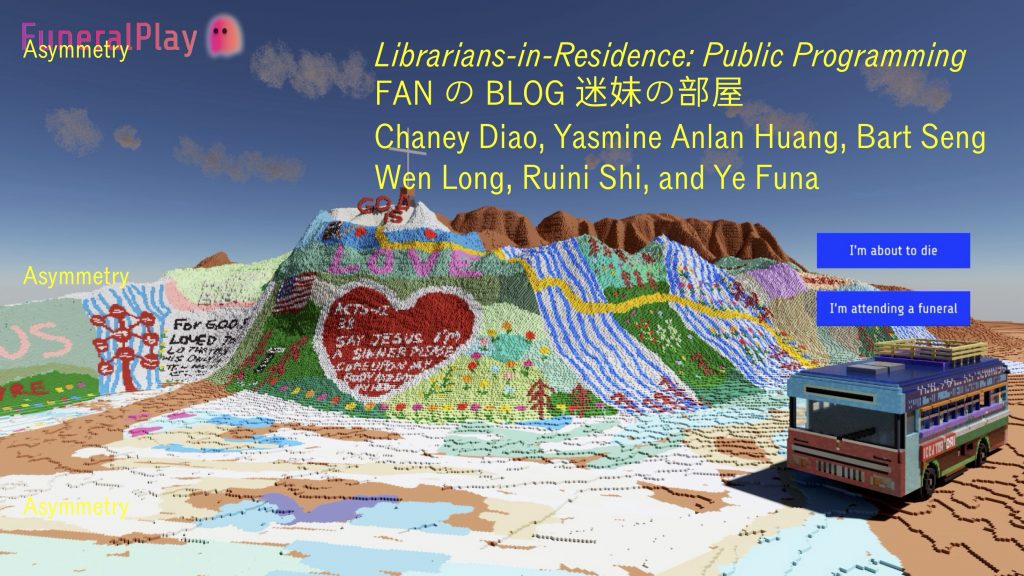
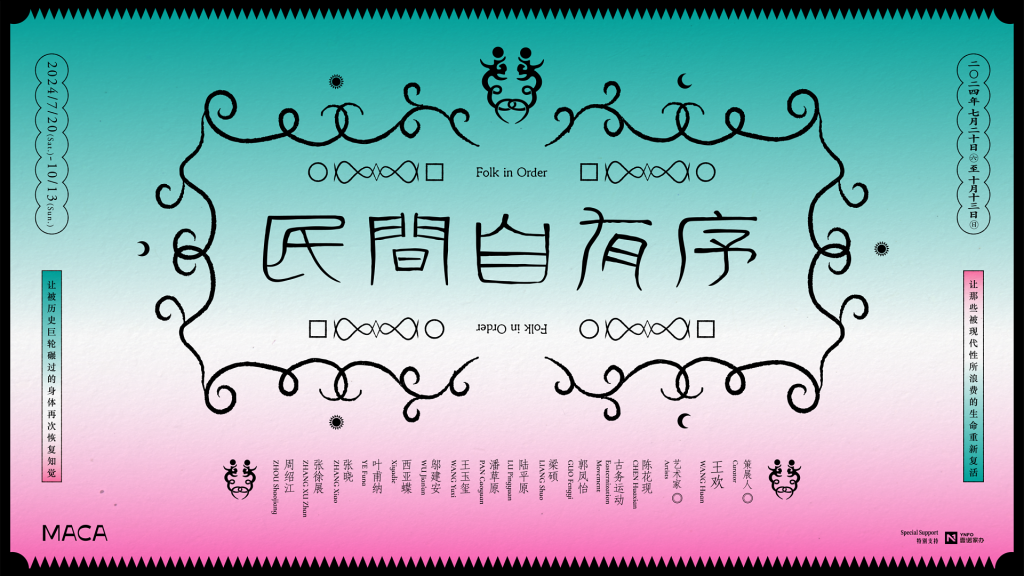
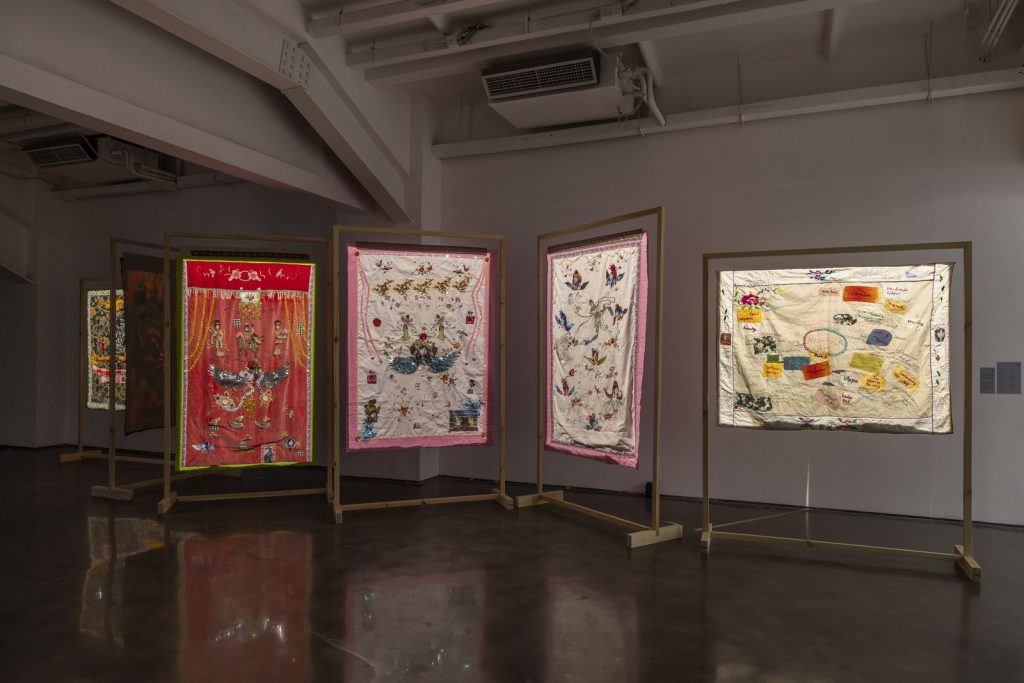
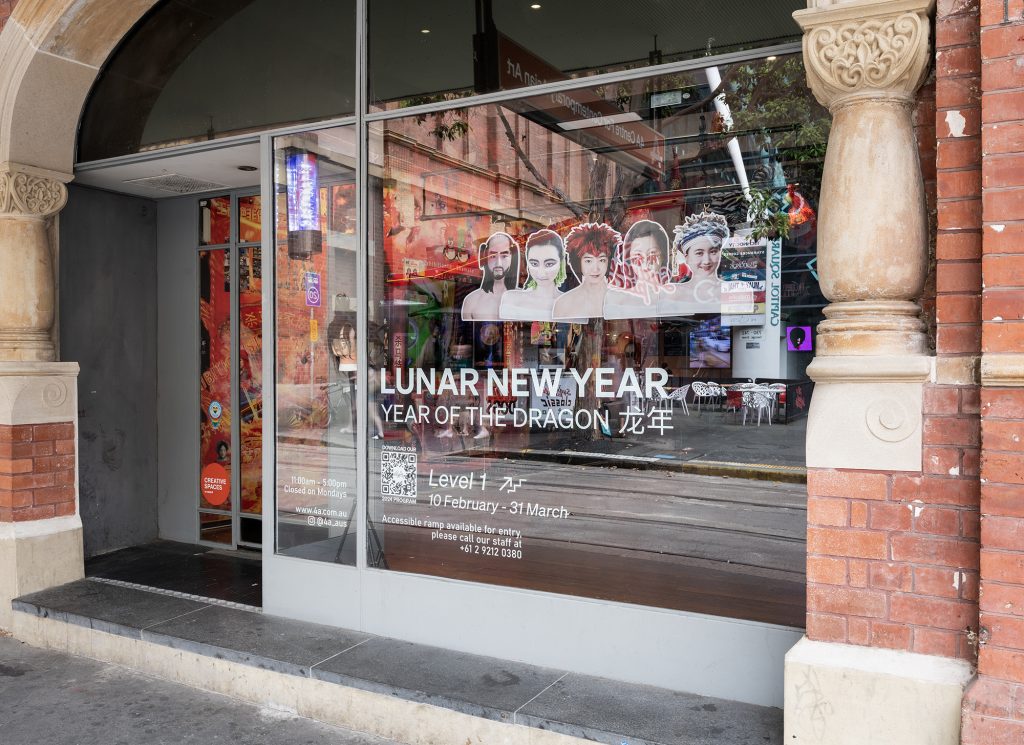

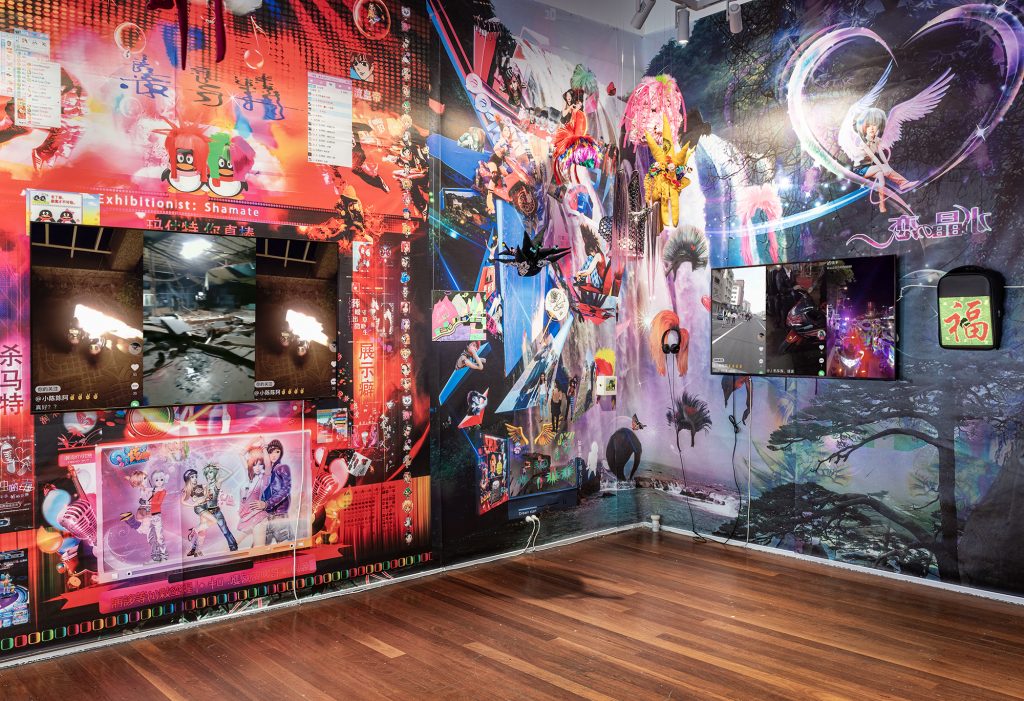
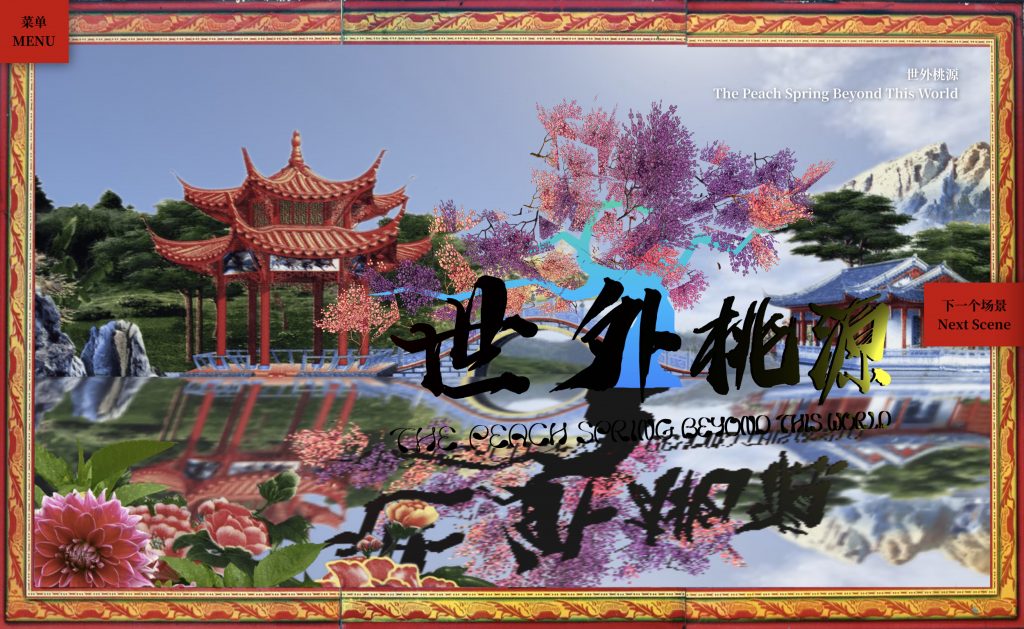
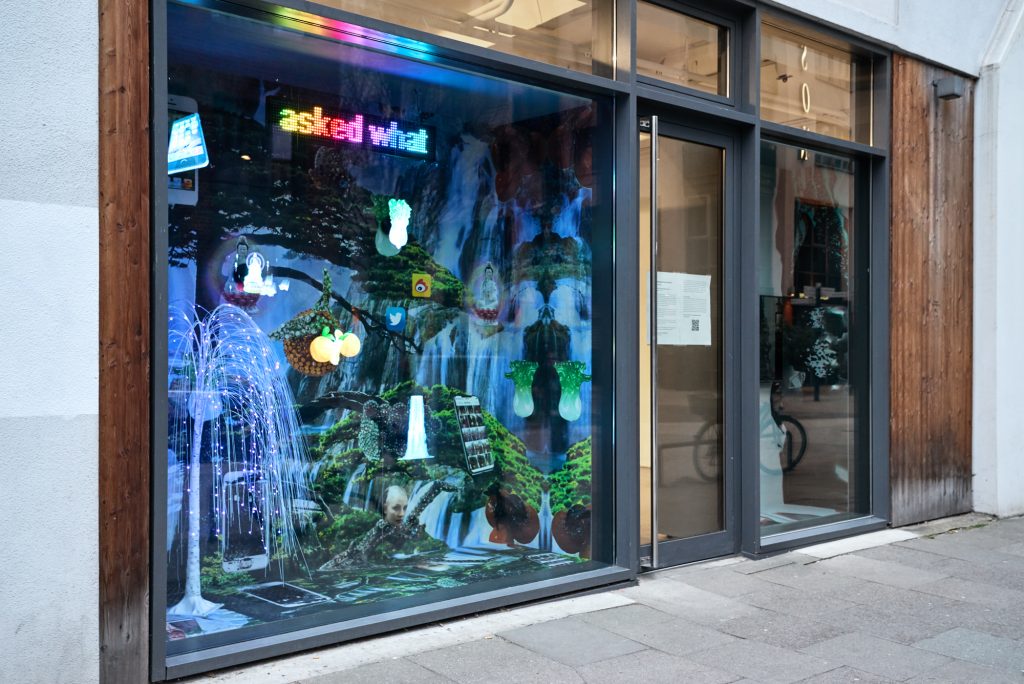

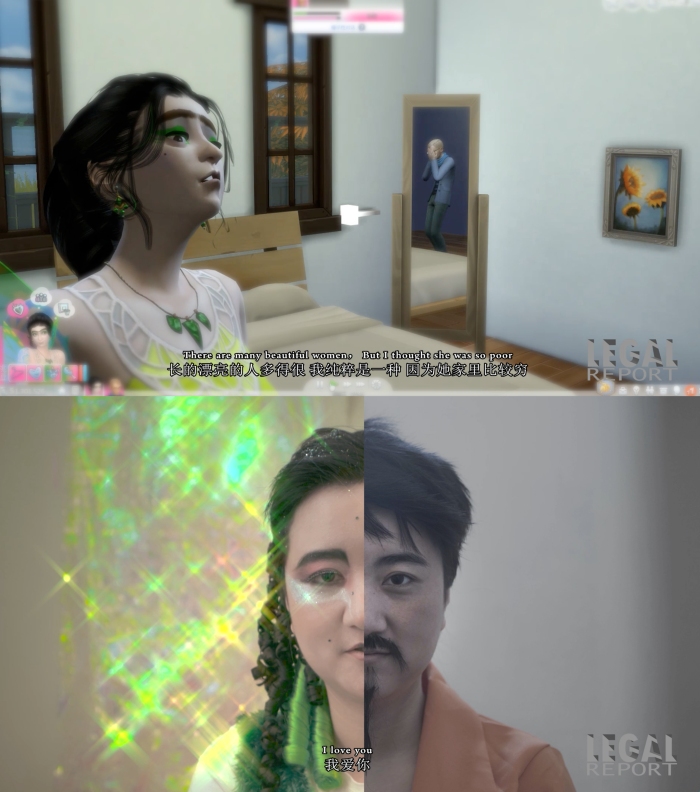
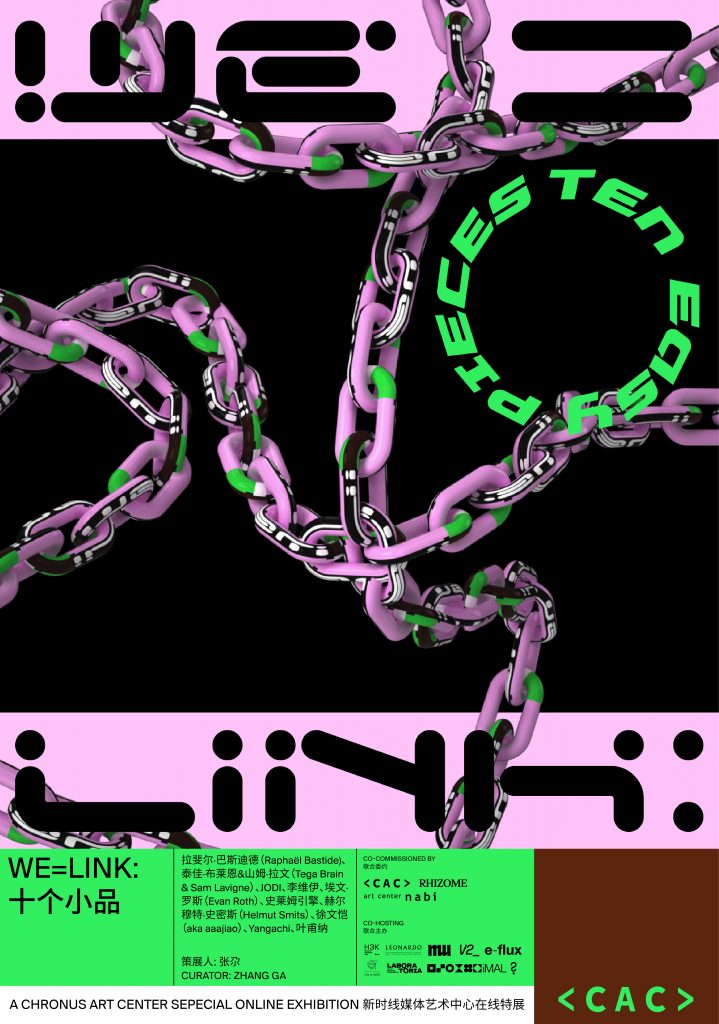
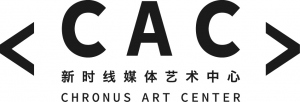
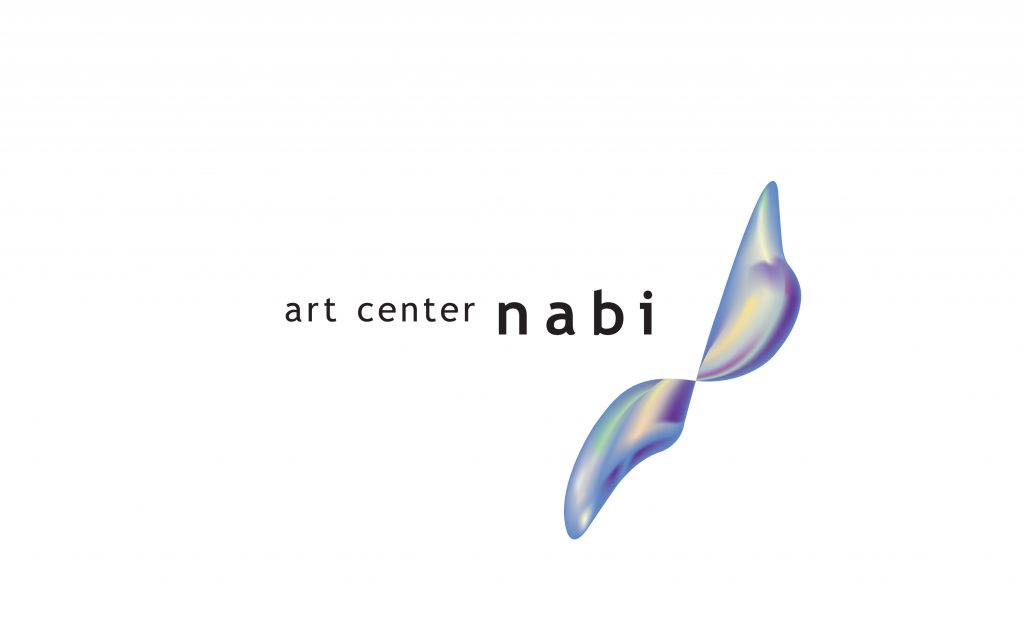

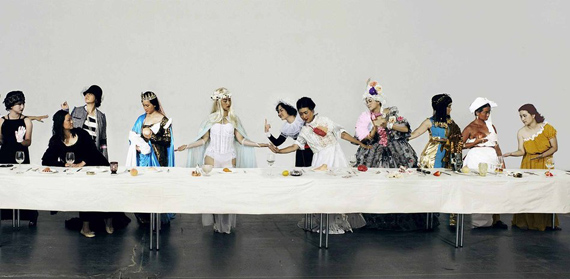 Ye Funa, The Supper of Goddess, 2015, 51,7x150cm, Photography © Ye Funa
Ye Funa, The Supper of Goddess, 2015, 51,7x150cm, Photography © Ye Funa